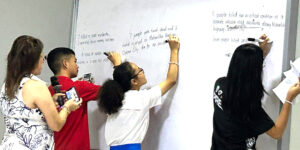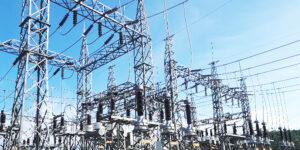
Transport policy researchers found that the Covid-19 pandemic not only worsened the shortage in public transport, it also made it harder for Filipino workers to go to work as transport prices shot up.
The paper, titled “The Systemic Shortage in Philippine Public Transportation”, found road transport cost inflation in the National Capital Region increased by 19 percent by the end of 2020.
Worst hit was the bottom 30 percent of Filipino households in terms of income as they were hit by a 24 percent increase in road passenger transport prices within the same period.
The figures complement the data from the Japan International Cooperation Agency that a low income household spends at least 20 percent of its monthly income on transport.
The study also noted that according to a recent survey by the Social Weather Stations, 70 percent of non-homebased adult workers found it harder to get to work now compared to the pre-pandemic period.
The same survey revealed that walking is still the most common means of going to work for adults at 44 percent, followed by motorcycle at 24 percent, tricycle at 14 percent and jeepneys or multicabs at 8 percent.
“It is worth reviewing and comparing the cost of each transport mode per person-kilometer, which reveals that bus rapid transit, cycling and pedestrian infrastructure are very cost efficient transport modes,” the researchers noted.
They recommended building bus rapid transit lines as a more cost effective public transport infrastructure. They also pushed for investments in active transport infrastructure, “which requires even less spending”.
“We recommend a rebalancing in the country’s infrastructure pipeline through greater investment in active transport infrastructure that promote walking and cycling, and massive expansion in road-based public transport modes through public utility service contracting, bus rapid transit programs, safer and pedestrian-friendly transit stops and other complementary infrastructure,” the researchers said.
Public transportation and personal mobility has been a long time weakness of the country. Unfortunately for Filipinos, our government missed the golden opportunity provided by the Covid-19 pandemic to revamp the broken and inefficient system. If government did more than simply reduce capacities and make plastic barriers compulsory, our public transportation could be better, people-friendly and maybe even more efficient and affordable.
The public transport system remains broken and the need for improvements has not gone away. The so-called “new normal” of millions of Filipinos could be much better if their national and local governments decide to make that daily concern a priority.*







